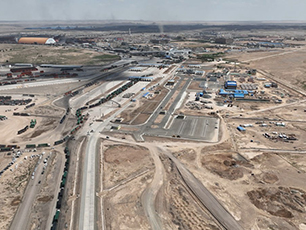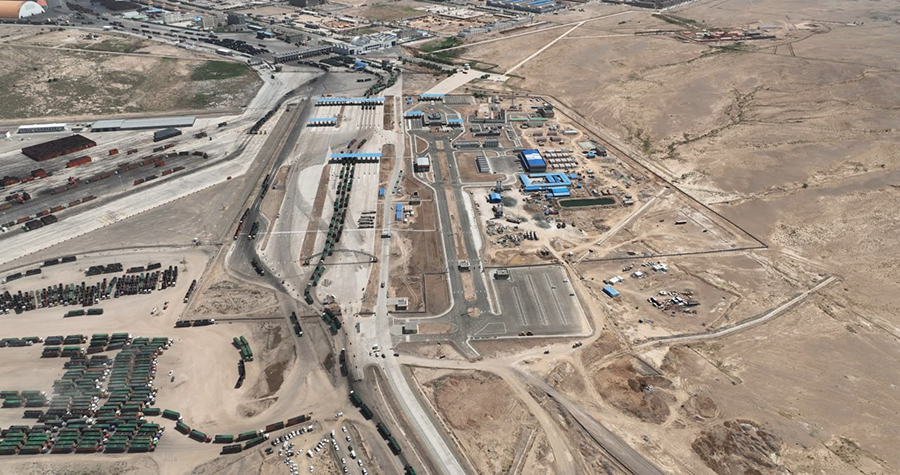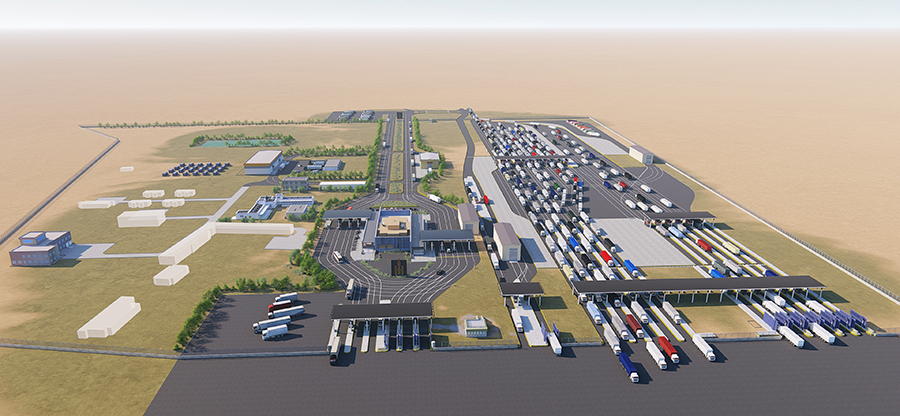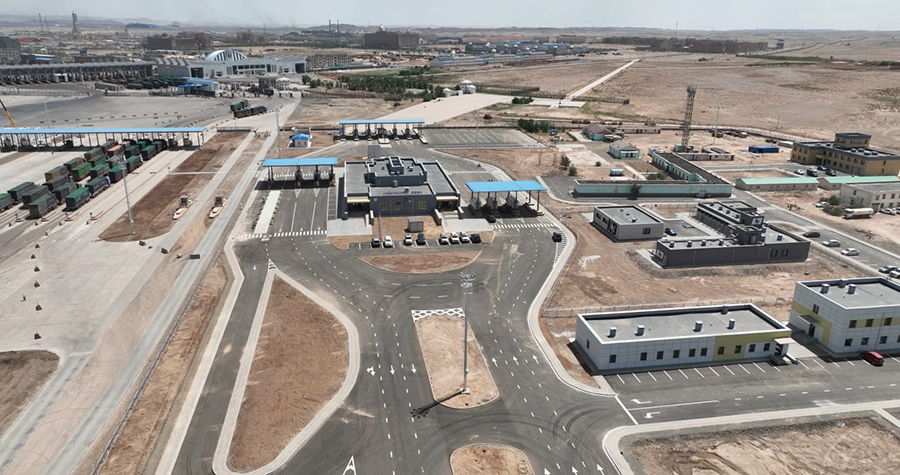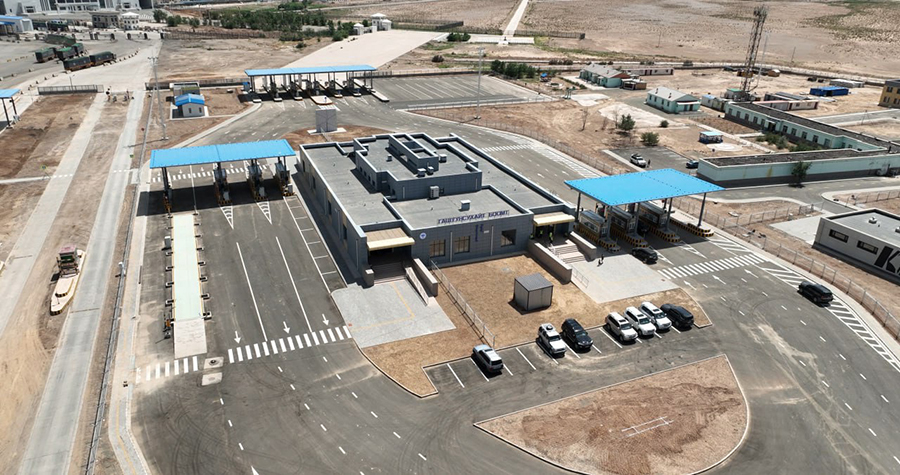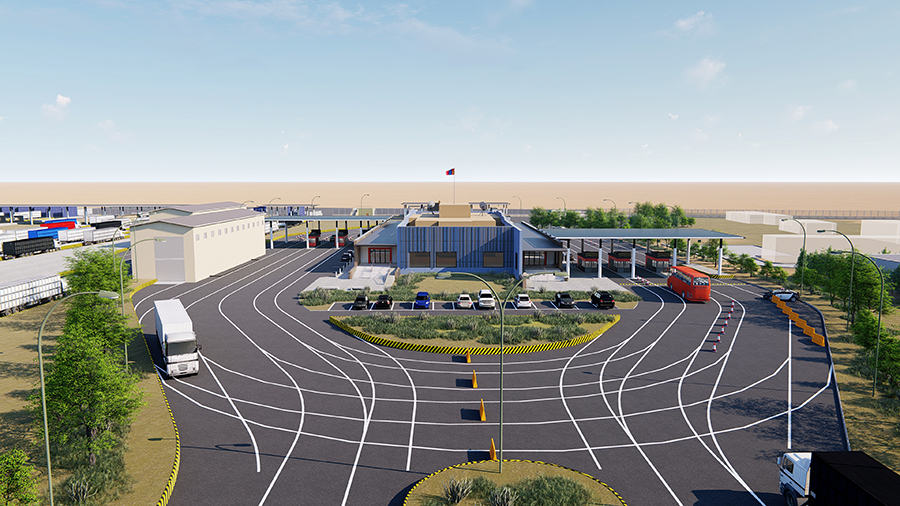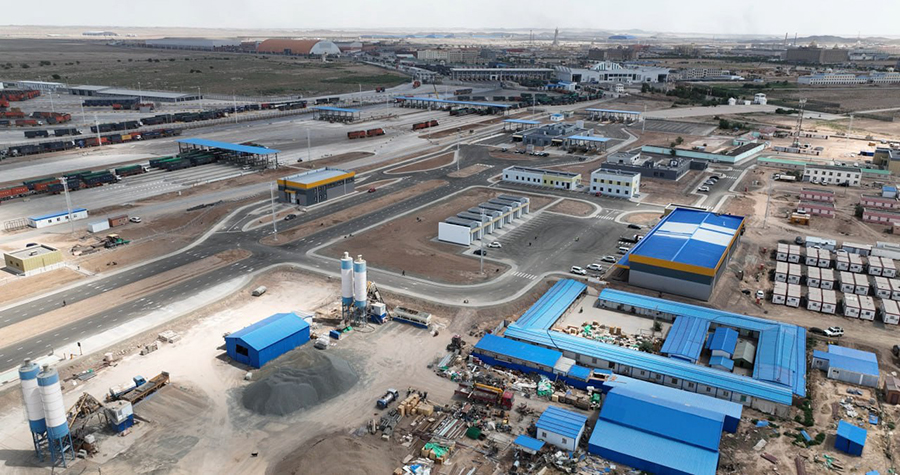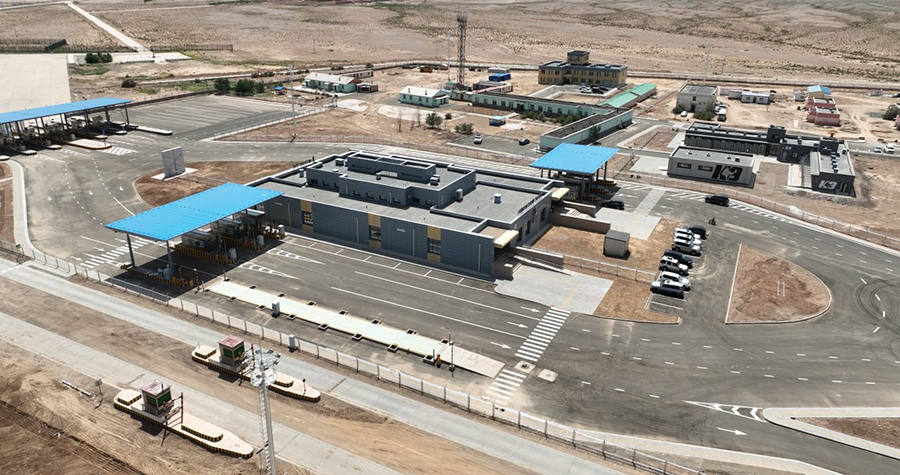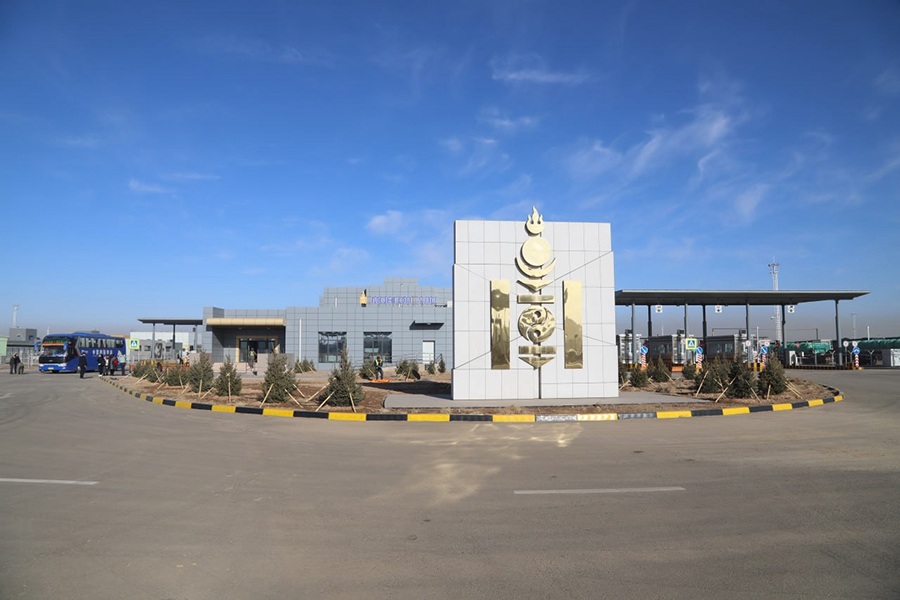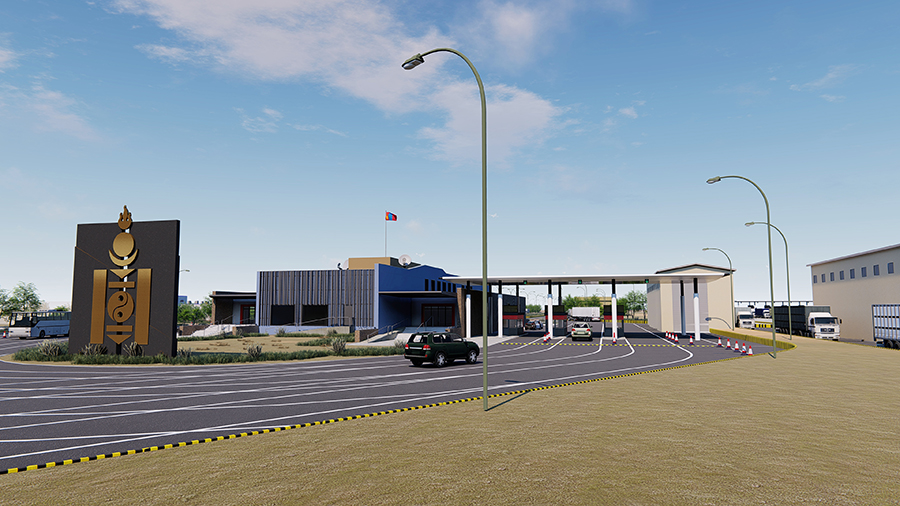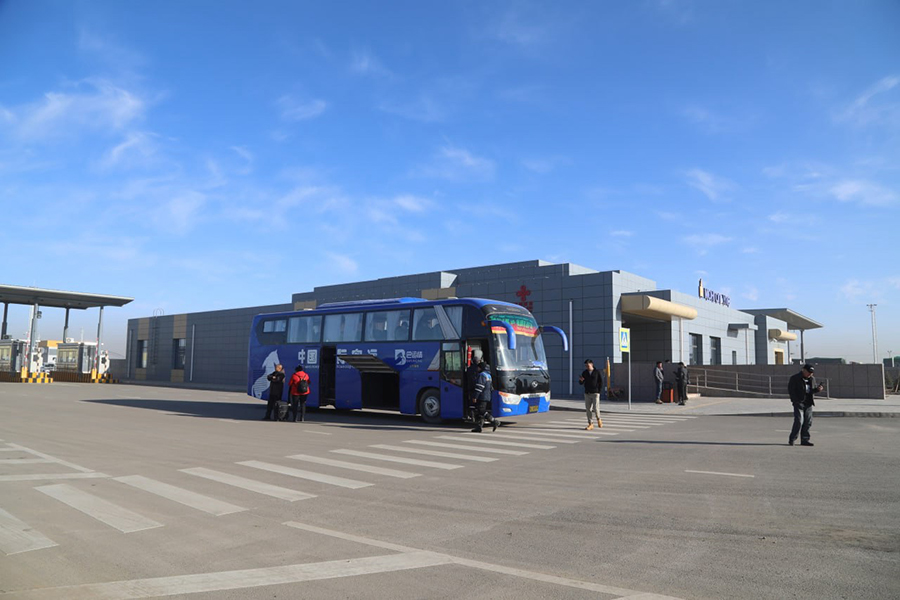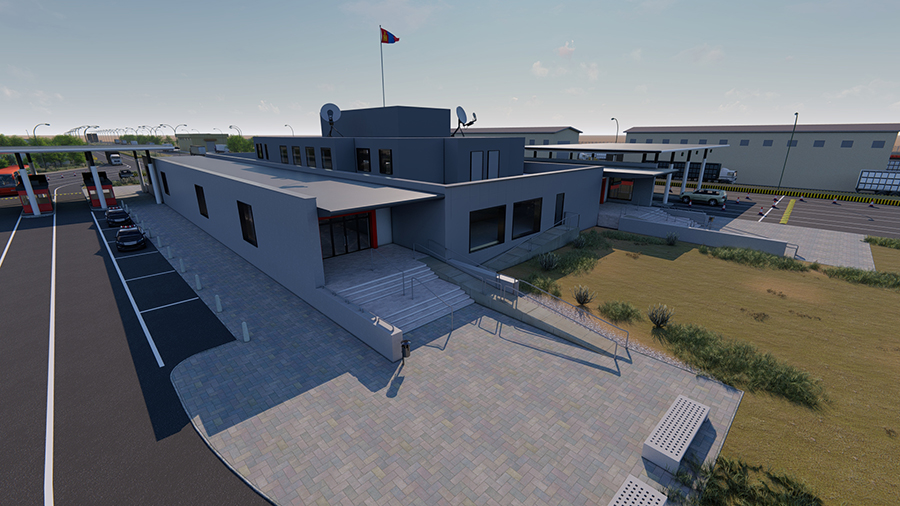-
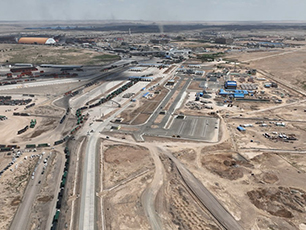
Gashuun Sukhait Masterplan
Gashuun Sukhait, Mongolia, 2018Strategic Border Crossing Masterplan
This masterplan designed a pivotal mining border-crossing station between Mongolia and China, spanning over 3.5 hectares. The project orchestrates the integration of industrial and civil activities on a challenging, strategic site.
The design features an efficient layout with over twenty buildings and three distinct crossing ways. One route is for coal and copper mining trucks, another exclusively for gold mining trucks, and the third is arranged for civil crossing, serving vehicles and pedestrians through the Border Custom Station. This tripartite system minimizes congestion and enhances operational efficiency for each mode of transport.
Initial work involved extensive consultations with the Mongolian Government Agency to capture technical specifications and operational needs. This phase required balancing the diverse and often competing demands from stakeholders including the Chinese Government, Mongolian Customs, and the Military, posing a significant challenge but also an opportunity for innovation.
An important aspect was the adaptation and extension of the existing Border Custom building. This integrated existing infrastructure while extending capacity for increased logistics and traffic, demanding a thoughtful approach to both aesthetic integration and functional expansion.
Collaboration was key to overcoming the multifaceted challenges presented by this project. Our close partnership with the Mongolian engineering company, Karkas Zurag was instrumental in addressing technical issues and ensuring that our vision could be realised within the constraints of available resources and tight schedules. Working hand in hand with local experts allowed us to integrate region-specific solutions, align with local construction practices, and ultimately deliver a robust and sustainable design.
Balancing industrial efficiency with civil usability required innovative thinking. Ensuring safety, security, and optimal performance for each crossing way was informed by detailed analysis, including traffic flow, safety, and environmental studies.
Completed in 2023, this station has become a reference model for similar projects in the country. Its success lies in effectively integrating multiple stakeholder requirements into a cohesive design that is both practical and visionary, setting a benchmark for future developments.